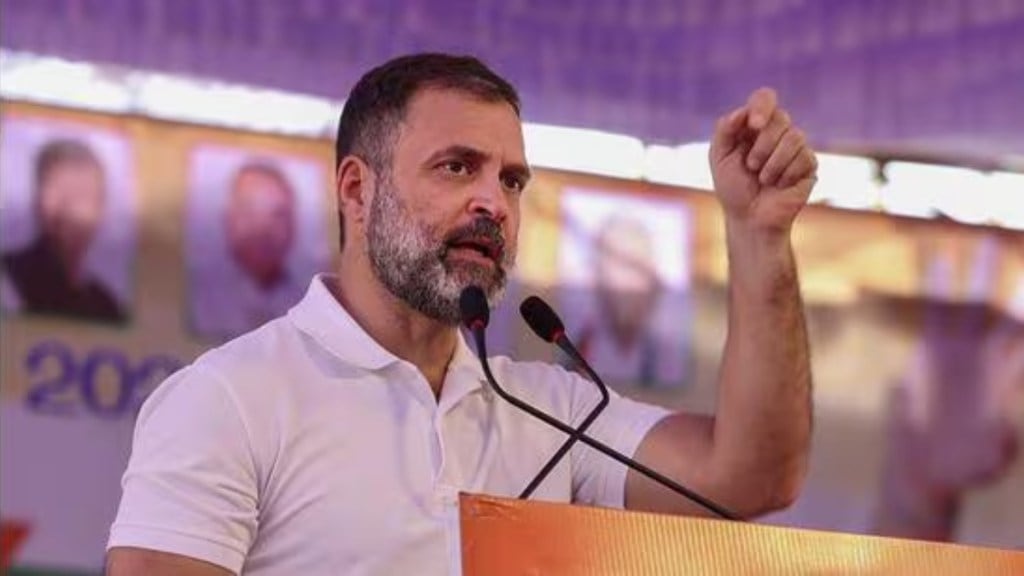Former Congress president Rahul Gandhi condemned the tragic Maha Kumbh stampede, holding the administration accountable for its mismanagement. He expressed grief over the loss of lives and extended condolences to the bereaved families, urging the government to ensure better safety measures for devotees. According to Gandhi, the administration’s focus on VIP movement rather than common pilgrims contributed to the chaos that led to the disaster. He stressed that with several major ‘Mahasnans’ still to come, urgent action was necessary to prevent further incidents. Criticising what he called an excessive VIP culture, Gandhi asserted that authorities must shift their priorities to the needs of ordinary devotees. “VIP culture should be curbed, and the government should make better arrangements to meet the needs of common devotees,” he stated.
Kharge calls out “Half-Baked Arrangements” and self-promotion
Congress president Mallikarjun Kharge also lashed out at the BJP government, calling the stampede a result of “half-baked arrangements, VIP movement, and mismanagement.” “Despite spending thousands of crores of rupees, the lack of proper planning is condemnable. Many important ‘shahi snans’ are still left, so the central and state governments must wake up and fix the system to avoid more tragedies,” Kharge said in a statement. He also demanded an expansion of accommodation, food, first aid, and better crowd control measures, echoing the concerns raised by religious leaders and devotees.
Religious leaders slam Yogi government’s lack of oversight
Religious leaders condemned the Yogi government’s lack of oversight, accusing it of prioritising VIP treatment over essential crowd safety measures, which they say led to the tragic Maha Kumbh stampede. Mahamandleshwar Premanand Puri, a prominent religious leader, has strongly condemned the authorities, alleging that their primary focus was on catering to VIPs rather than ensuring the safety of the millions of devotees present. In a widely circulated video, Puri stated, “The administration was busy serving VIPs. Every VIP who attended was given priority, while the crucial preparations for managing the crowd were neglected.”
His remarks reflect the frustration of many who believe that the tragedy could have been averted had the administration taken proper precautions. Reports suggest that despite expectations of over 10 crore devotees, crowd control measures were inadequate, leading to chaos and panic at the pilgrimage site.
What happened at Triveni Sangam in Mahakumbh Mela?
A deadly stampede at the Maha Kumbh Mela in Prayagraj on 29 January 2025, has raised serious concerns over crowd control and administrative priorities. At least 15 people lost their lives, and over 70 others sustained injuries as thousands gathered at the Triveni Sangam for the sacred ‘shahi snan’ on the auspicious occasion of Mauni Amavasya. The disaster has drawn sharp criticism, with religious leaders blaming the local administration for prioritising VIP attendees over essential safety measures.
Call for the Indian Army to handle Maha Kumbh management
In the wake of the disaster, religious leaders, including Puri, have reiterated their long-standing demand for the Maha Kumbh’s management to be handed over to the Indian Army. According to him, “All the akharas had requested that the Kumbh be managed by the Indian Army. If that had been done, this tragedy would not have reached such a scale. There are many in our country willing to serve selflessly, but poor planning cost innocent lives.”
Many have echoed similar concerns, arguing that large-scale events like the Maha Kumbh require disciplined and efficient handling, which military personnel are better equipped to provide.
Panic at the holy dip: What led to the stampede?
The stampede erupted around 2:30 AM as massive crowds attempted to reach the riverbanks for the holy dip. Witnesses described the situation as chaotic, with barricades breaking under pressure and the authorities struggling to maintain order.
An official from the local administration initially downplayed the situation, stating, “A stampede-like situation arose after some barriers broke. Some people were injured, but it is not a serious situation.” However, as casualty numbers rose, the reality of the disaster became evident. In the aftermath, many shaken devotees abandoned their plans to participate in the holy dip, while several religious sects (akharas) either postponed or completely cancelled their scheduled ‘snans’ out of respect for the deceased.
Recurring Tragedies: Has the administration learned nothing?
This is not the first time that poor crowd control at the Maha Kumbh has led to fatalities. The 2013 Kumbh Mela saw a similar disaster when a stampede at the Allahabad railway station killed 36 people. Despite repeated warnings and past experiences, authorities appear to have failed to implement sufficient safety measures for the 2025 event. Experts argue that the administration’s failure to anticipate crowd surges and its inability to enforce strict movement controls have once again resulted in unnecessary loss of life. The situation raises serious questions about governance, planning, and accountability in managing one of the world’s largest religious gatherings.
The tragedy at Maha Kumbh 2025 serves as yet another grim reminder of the need for effective crowd management strategies. With millions of pilgrims expected at upcoming bathing days, urgent measures must be implemented to prevent further loss of life.

